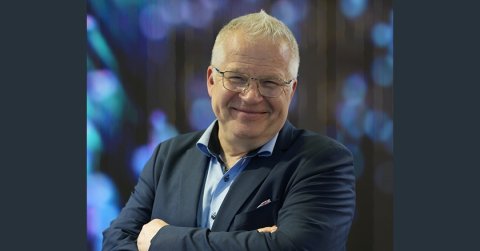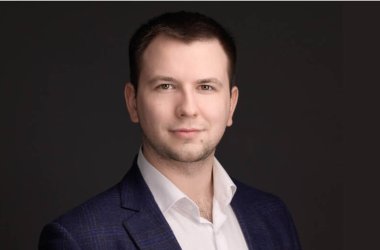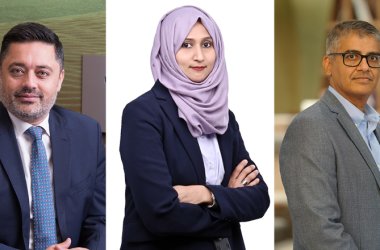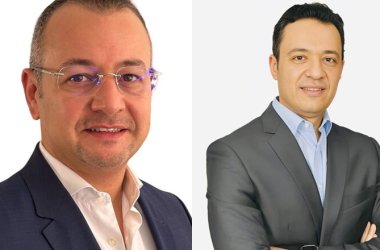
Nokia is playing an important role in enabling 5G adoption and digital transformation across industries in the Middle East and Africa region, said Mikko Lavanti, Senior Vice President of Mobile Networks, Middle East and Africa, Nokia. On the sidelines of the GITEX 2025, he spoke about how emerging technologies such as AI and edge computing are shaping the next phase of connectivity.
Lavanti highlighted key findings from Nokia’s MEA Mobile Broadband Index 2025, an annual report that tracks connectivity trends and adoption patterns. He shared: “According to the report, we’re seeing significant growth opportunities. Currently, 5G traffic makes up about 25% of total network traffic across the region, but in some countries, it already exceeds 50%. By the end of the decade, around 91% of subscriptions in the GCC are expected to be on 5G”.
While the Gulf region continues to lead in adoption, Africa is at the start of a major transformation. “In Africa, we’re just at the beginning of the boom”, Lavanti noted. “We’ll see significant growth in 5G traffic in the coming years”.
According to Lavanti, 5G investments are deeply tied to national visions such as Saudi Arabia’s Vision 2030 and the UAE’s digital transformation agenda. “Standalone 5G deployments seen globally are now emerging in the region as well”, he said. “5G will shape the digital economy, not only because of speed and low latency, but also because of the range of new services it enables for both enterprises and consumers”.
He emphasized the importance of fixed wireless access (FWA) in extending connectivity across the region. “In the UAE, du is a leading customer on the fixed wireless access front, and we’re seeing pockets of growth in Saudi Arabia as well”, he explained.
In many markets where fibre connectivity remains limited, FWA is proving to be an effective alternative. “Customers are looking at fixed wireless access as a key growth area”, he added. “We expect this trend to continue significantly”.
Lavanti also addressed one of the biggest questions in telecom — how to monetise 5G investments. “There’s a myth that 5G monetization is difficult”, he said. “If we look globally, T-Mobile US is one of the best examples of how to monetise 5G”.
He noted that in the Middle East, the same potential exists through enterprise solutions and sector-specific use cases. “We’re working with several enterprise customers across areas like ports, airports, and oil and gas. Many of these projects are still confidential, but they represent the next wave of growth”, Lavanti shared.
Lavanti described AI and edge computing as crucial enablers of future network efficiency and innovation. He said: “For example, with our Mantaray AutoPilot solution, we managed one million changes in a network within five days, something that wouldn’t be possible without AI”.
He also highlighted Nokia’s involvement in the AI-RAN Alliance, which focuses on advancing intelligent automation and computing capabilities. “By bringing GPUs to the edge, services like autonomous driving become more relevant because computing power is now closer to the customer”, he explained.
Reflecting on his experience at GITEX, Lavanti said, “This is my second GITEX. Earlier this year, I attended the event in Morocco, which had significant engagement with North African customers. Here, it’s on another level; the amount of interaction with customers is excellent”.
He concluded by emphasising Nokia’s continued growth trajectory in the region. “In 5G, we are the number two player in the Middle East and Africa market, and we are continuing to grow. This is a great place to collaborate with our customers and drive innovation together”.
Image Credit: Nokia





